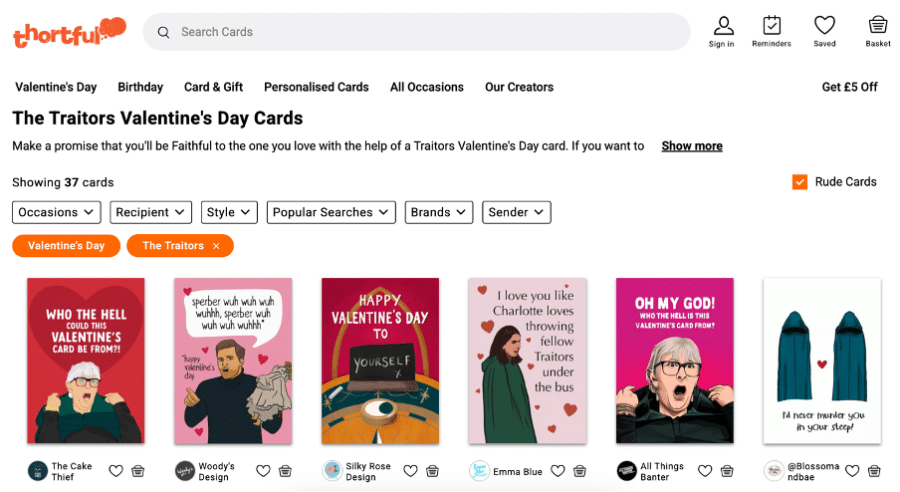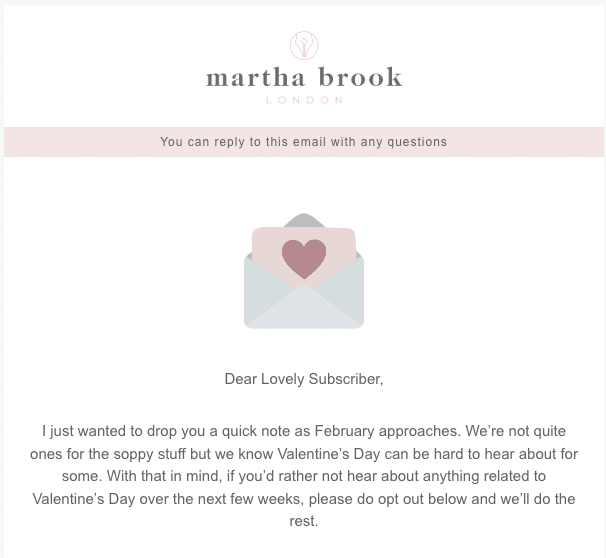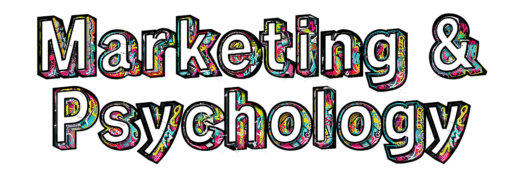The Power of Marketing Psychology: Leveraging Love and Connection for Valentine’s Day Campaigns.
Valentine’s Day, celebrated annually on February 14th, has roots in the Roman festival of Lupercalia, a day dedicated to fertility and the arrival of spring. Over time, it evolved into a celebration of romance, influenced by Saint Valentine, a Christian martyr who secretly performed marriages for soldiers forbidden to wed.
Today, Valentine’s Day is a global occasion for expressing love and affection. The lead-up to February 14th presents a prime opportunity for marketers to tap into emotional currents that drive consumer behaviour.
Whether through nostalgic ads, heartwarming stories, or carefully curated products, brands can capitalize on the heightened emotions Valentine’s Day brings – while also being mindful of their messaging to ensure it resonates with those who may not feel connected to the occasion.
The Emotional Appeal of Valentine’s Day
Valentine’s Day is all about emotions – love, affection, and connection.
Many online retailers curate special Valentine’s Day collections, offering handpicked gifts that align with the occasion’s sentimental appeal.
Some streaming services and bookstores curate “romantic picks” or “date night” recommendations, helping audiences find the perfect movie or novel to set the mood.
Universities often engage their alumni by asking if they met their partner while studying, sparking nostalgia and reinforcing emotional ties to their institution.
However, at the heart of Valentine’s Day is the sending and receiving of cards—sometimes anonymously—allowing people to express their feelings in a personal and meaningful way.
Greeting cards have evolved over the years, now embracing humour and pop culture trends to make their messages stand out. While humour may not be a core emotion, it triggers emotional responses of joy and amusement, making it a powerful tool for conveying affection. Additionally, the principle of relevance suggests that people are more likely to engage with content, products, or ideas that align with their current interests or cultural context.
For example, Valentine’s cards from Thortful, inspired by the popular show The Traitors, add a fun, contemporary twist. By incorporating such trends, brands can make their Valentine’s Day offerings feel more relevant, resonating with audiences who enjoy a playful and modern take on love.

Source: https://www.thortful.com/cards/valentines-day/the-traitors
Beyond emotional appeal, humour and the principle of relevance, Valentine’s Day campaigns often tap into other psychology theories, such as the principle of association, social proof, and the bandwagon effect.
The Principle of Association
Underpinning Valentine’s Day marketing is the principle of association. By linking products or services to universally recognised symbols of love, brands can tap into their audience’s emotional understanding.
For example, roses—particularly red ones—have long been associated with love and passion. Chocolate brands reinforce the connection between sweetness and romance, often packaging their products in heart-shaped boxes to symbolise love.
Similarly, perfume companies position their fragrances as the perfect romantic gift, linking their scents to attraction and intimacy.
Of course, the power of association works both ways—because red roses are so strongly tied to romance, there are times when not buying them is a strategic choice. Like when you need to make it crystal clear to a colleague or friend that your bouquet is strictly ‘Happy Birthday,’ and not ‘Be Mine.’ 🌹😅
Social Proof and the Bandwagon Effect
Social proof is a powerful psychological driver. When people see others buying roses for their loved ones, they are more likely to do the same. This is amplified by the bandwagon effect, where the popularity of an action or product influences others to follow suit.
The impact of social proof extends to social media, too – seeing friends and influencers post their Valentine’s Day gifts or celebrations can create a sense of urgency or pressure to participate.
You can’t walk through the entrance of a supermarket without being greeted by massive displays of red roses, almost daring you not to pick one up! As a result, many feel pressured to purchase roses to meet societal expectations—while those who don’t receive them may feel left out or disappointed, reinforcing the emotional weight attached to Valentine’s Day traditions. Whether it’s roses, chocolates, or a teddy bear, the sense of “everyone’s doing it” can be hard to escape.
Final Thoughts: Balancing Creativity with Empathy in Valentine’s Day Campaigns
Valentine’s Day is a prime example of how psychology influences consumer behaviour, and brands can use these principles to craft creative campaigns that resonate deeply with their audience.
That said, not everyone celebrates key dates like Valentine’s Day, and it’s important to show empathy for those who may not feel connected to the occasion. Some brands, such as Martha Brook (example below) take a mindful approach by emailing customers in advance, offering them the option to opt out of receiving Valentine’s Day-related communications.
This consideration allows individuals who may find the date emotionally triggering to avoid content that doesn’t align with their feelings, fostering a sense of respect and care.
By blending creativity with empathy, brands can ensure their campaigns are inclusive, thoughtful, and truly impactful.

Featured image: Photo by Paolo Bendandi on Unsplash
